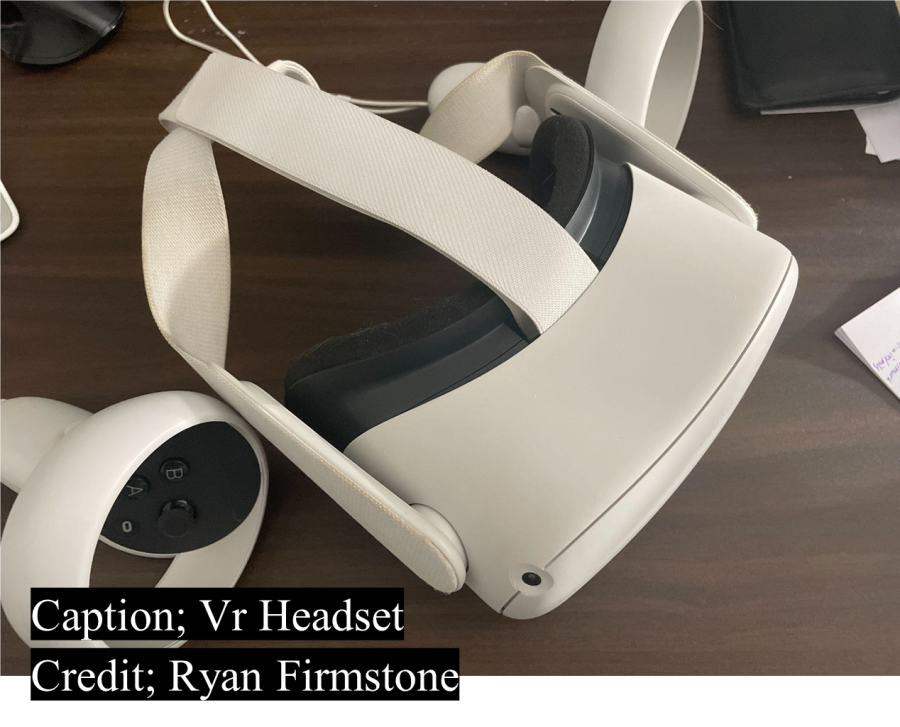The Untold Secrets of Virtual Reality
VR Headset
Virtual reality has become an expanding phenomenon in the Western world and has even expanded into our education system, leading to a problematic learning style in American society. The United States is increasingly relying on technology, and education is implementing more upgrades in their teaching methods, such as VR Headsets.
Virtual reality headsets have brought new experiences to students in an interactive, individual-based learning style. Concepts unworkable in the classroom can now be accessible through VR Headsets with different simulations and units. Some difficult-to-process subjects are specialized student-to-student through headsets. While these benefits seem beneficial now, they may cause significant human health concerns when used long-term.
VR Headsets release blue and bright LED lights to the students’ eyes that disrupt sleep cycles and cause additional eye damage. EMF Radiation, or electromagnetic radiation, is emitted through the headset creating oxidative damage, DNA fragmentation, and neurological issues. VR Headsets are costly, resulting in more expenditures focused on individual costs instead of group and social funding. The costs of implementing these high levels of technology would be in the billion range if the goal were to get them in grades from kindergarten to college levels. Keeping the money for social events, new clubs, and activities that would help teach kids way more safely and less costly than using VR Headsets.
Some schools, such as Arizona State University, have even started VR Headsets in the classroom. There have been some mixed opinions across the campus. While many college students are ecstatic about these new, cool inventions, some still don’t want to since that would mean all assignments would be taught individually and not with other students. A student’s health is the most important thing, and since VR Headsets would cause damage, they should not be implemented.
Pennridge student, Armand Omurzakov, believes that “in about 10 years, every school will end up being all virtual anyway.” Following that response, he explained how “nowadays, people are becoming more independent so that VR Headsets wouldn’t be a surprise to me.” While independent studying is an essential aspect of student learning, many argue for the increasing importance of group learning. Jane Gradel, a teacher at Strayer Middle School, says that “technology in middle school students is now super common, and every middle school student pretty much has a new phone.”
This would be problematic, considering colleges care more about money and being unique. However, not implementing these headsets would make a major change. If colleges see more kids interested in social interactions, VR Headsets will become uncommon. The new student population will become unhealthy if VR Headsets are mandated in schools, which is why education should continue with traditional teaching techniques.
Sources
https://www.theedadvocate.org/drawbacks-using-virtual-reality-k-12-schools/
https://elearningindustry.com/pros-cons-using-virtual-reality-in-the-classroom
https://www.classvr.com/blog/advantages-of-virtual-reality-in-education/
https://www.edweek.org/technology/virtual-reality-in-schools-game-changer-or-big-headache/2022/07
https://online.maryville.edu/blog/augmented-reality-in-education/
https://defendershield.com/vr-technology-emf-and-blue-light-concerns-for-virtual-reality
https://www.classvr.com/blog/advantages-of-virtual-reality-in-education/
Ryan Firmstone, Grade 12. Interests/hobbies include going snowboarding in the winter season, hanging out with my friends, watching Netflix and Youtube,...










